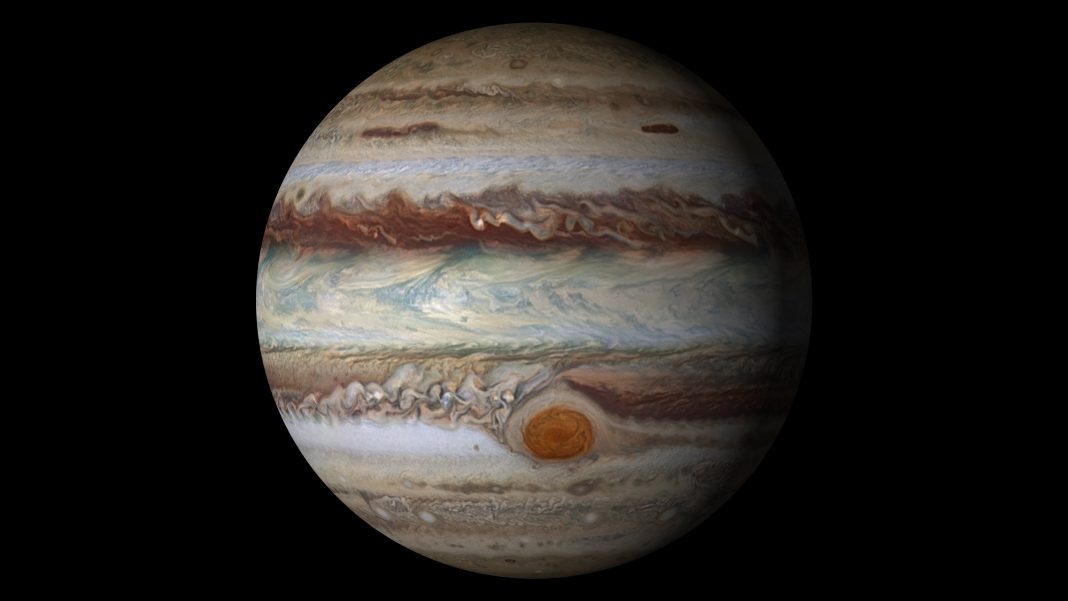For the first time ever, scientists detect waves of lava on Jupiter’s moon lo. The findings were published earlier this month in the journal Nature although researchers first discovered the lava by observing nearby moon Europa back in March 2015. The lead author on the paper, UC Berkley’s Katherine de Kleer, said the waves had “different velocities and start times” which tells us “there’s some complex system underneath the volcano.”
A Press release from UC Berkley suggests that the swells of overturned lava may be the reason behind the brightening of lo’s Loki Patera, a crater that stretches across 127 miles of the moon. Lo is the most active volcanic object in the whole of the solar system and is named after the Norse god Loki. It’s about the same size as our own moon and is covered with volcanoes.
In 1610, Galileo discovered that Jupiter had four bright moons, the innermost being low. The dimming and brightening of this moon weren’t observed until the 1970’s. And then it wasn’t until 1979 that scientists finally figured out that it was the moon’s volcanic activity that was causing these fluctuations in light to happen. But even then, scientists are arguing as to whether it’s periodic eruptions or the overturning in lo’s lake that make the brightening occur. “If Loki Patera is a sea of lava it encompasses an area more than a million times that of a typical lava lake on Earth,” commented de Kleer.
More News to Read











